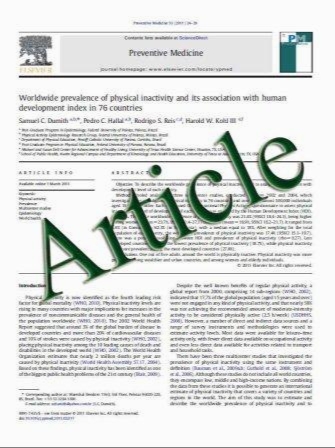In vivo length patterns of the medial collateral ligament during the stance phase of gait
- نوع فایل : کتاب
- زبان : انگلیسی
- مؤلف : Fang Liu • Hemanth R. Gadikota • Michal Koza´nek • Ali Hosseini • Bing Yue • Thomas J. Gill • Harry E. Rubash • Guoan Li
- چاپ و سال / کشور: 2011
Description
Purpose The function of the medial collateral ligament (MCL) during gait has not been investigated. Our objective was to measure the kinematics of the medial collateral ligament during the stance phase of gait on a treadmill using a combined dual fluoroscopic imaging system (DFIS) and MRI technique. Methods Three-dimensional models of the knee were constructed using magnetic resonance images of 7 healthy human knees. The contours of insertion areas of the superficial MCL (sMCL) and deep MCL (dMCL) on the femur and tibia were constructed using the coronal plane MR images of each knee. Both the sMCL and the dMCL were separated into 3 portions: the anterior, mid, and posterior bundles. The relative elongation of the bundles was calculated using the bundle length at heel strike (or 0% of the stance phase) as a reference. Results The lengths of the anterior bundles were positively correlated with the knee flexion angle. The midbundles of the sMCL and dMCL were found to function similarly in trend with the anterior bundles during the stance phase of the gait and their lengths had weak correlations with the knee flexion angles. The elongations of the posterior bundles of sMCL and dMCL were peaked at midstance and terminal extension/pre-swing stance phase. The lengths of the posterior bundles were negatively correlated with the knee flexion during the stance phase. Conclusion The data of this study demonstrated that the anterior and posterior bundles of the sMCL and dMCL have a reciprocal function during the stance phase of gait. This data provide insight into the function of the MCL and a normal reference for the study of physiology and pathology of the MCL. The data may be useful in designing reconstruction techniques to better reproduce the native biomechanical behavior of the MCL. Level of evidence IV.
Knee Surg Sports Traumatol Arthrosc (2011) 19:719–727 DOI 10.1007/s00167-010-1336-5 Received: 5 February 2010 / Accepted: 11 November 2010 / Published online: 11 December 2010


